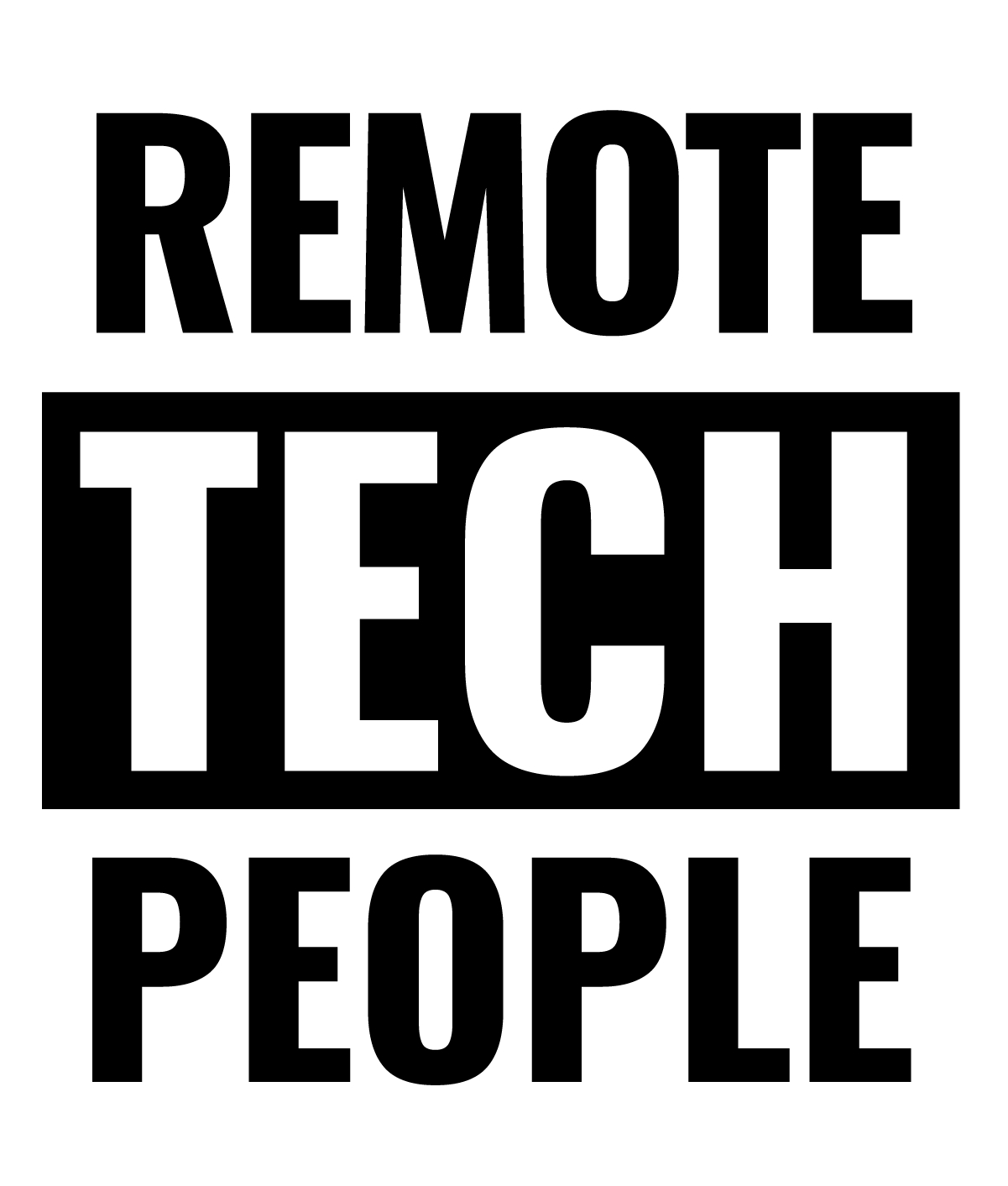What is Remote-First Work?
In recent years, more and more companies have started to adopt a remote-first work model. This type of work allows employees to work from wherever they choose as long as they have the necessary tools and a stable internet connection.
By tapping into a larger national or even – global talent pool, and potentially reducing costs associated with office space, remote-first work has many advantages for businesses that are willing to embrace it.
Let’s take a look at why this is beneficial for businesses.
Remote-First Work MUST – Streamlining Communication
Remote-first work requires effective communication between team members in order for it to be successful. To ensure that all team members can stay connected and collaborate effectively, companies should set up clear communication channels such as chat apps or video conferencing tools.
These tools allow team members to quickly and easily communicate with one another no matter where they are located.
It is also important for teams to establish regular check-ins so that everyone is on the same page and any potential issues can be addressed in a timely manner.
Reducing Overhead Costs
By allowing employees to work remotely, companies can reduce overhead costs associated with office space and other resources as they don’t need to provide these resources if their staff is not physically present in the office.
This can save companies money which can then be invested back into the business or used for other initiatives. Additionally, by providing employees with the tools and resources necessary for them to complete their tasks remotely, companies can also reduce their carbon footprint by decreasing energy consumption related to the transportation of staff members who would otherwise need to commute to an office location each day.
Increased Productivity
Remote-first work allows employees more flexibility when it comes to how and when they complete their tasks which can lead to increased productivity levels within the workplace environment.
Allowing people the freedom of movement while still ensuring that tasks are completed on time can help foster a sense of autonomy amongst employees which in turn will lead to higher job satisfaction levels resulting in improved performance overall. Additionally, having access to a national or global talent pool means that businesses will be able to find highly skilled professionals who may not live nearby but who still have the ability to do great work remotely.
Is Remote-first Work Still Popular?
Remote-first work has become increasingly popular due to its various advantages for business owners such as reduced overhead costs, streamlined communication processes, access to a larger global talent pool, and increased productivity among staff members.
It is important for businesses choosing this model of working that clear communication channels are established so that all team members can stay connected even when working remotely from different locations around the world. With proper planning and execution, remote-first businesses will be able to reap the rewards of this new way of working without sacrificing quality or efficiency.
Remote-First and Hybrid Work in 2023
Remote work has been proven to be effective for businesses and organisations that want to reduce overhead costs, increase efficiency, and provide more flexibility for their employees. Employees can often complete tasks faster when working remotely since they don’t have to deal with workplace distractions or commute time.
Additionally, remote-first workers also tend to have higher levels of job satisfaction as they feel empowered by being able to manage their own schedules and workload without direct supervision.
The Benefits of In-Person Work
While there are certainly advantages to remote work, there are also benefits to having in-person interaction on a regular basis. Face-to-face communication is often much easier than communicating solely over video chats or phone calls which can lead to miscommunication or confusion among team members.
Physical presence can also help foster a sense of unity amongst colleagues as well as promote collaboration between departments and teams that may not otherwise exist when everyone works remotely.
Additionally, in-person meetings can help create relationships between team members that increase trust and loyalty within an organisation.
Hybrid Working Models
It is likely that businesses will continue relying on a mix of both in-person and remote working models in 2023. This hybrid approach enables companies to reap the cost savings associated with remote work while still allowing them access to the many benefits of physical presence when needed. As such, it is likely that this type of model will become increasingly popular in the years ahead as organisations strive for better productivity while maintaining cost-effectiveness.
As we move into 2023 and beyond, it is clear that there are advantages for both employers and employees when it comes to implementing remote or hybrid working models.
While some companies may choose to go back to office life, others may decide that continuing with some form of remote or hybrid working model makes more sense for their business goals. Ultimately, each company must decide what works best for them based on their individual needs but regardless of what path they choose, it is likely that some form of remote or hybrid work will remain part of our lives for years to come.
If you are a Manager or a business owner and you need to build your Remote-First Tech Team? Contact Us and one of our highly skilled consultants will be in touch.
Whether you are looking for hybrid roles or remote opportunities we can help you.
Can’t find the job you are seeking? Some of our tech jobs may not be published yet.
Contact Us for all upcoming jobs in tech.
Want to know more about business and the remote-first market? Check out the RemoteTechPodcast Channel.

